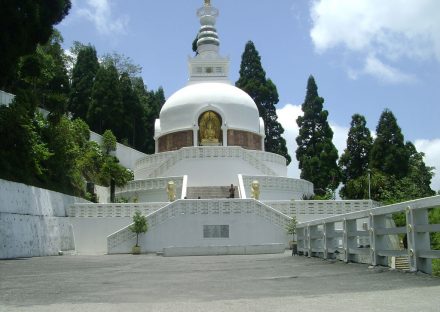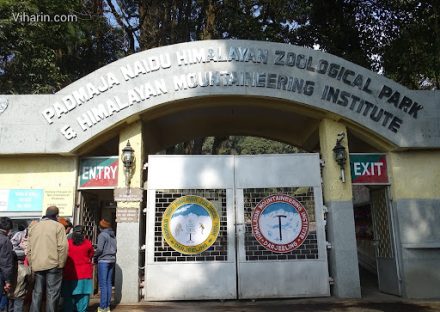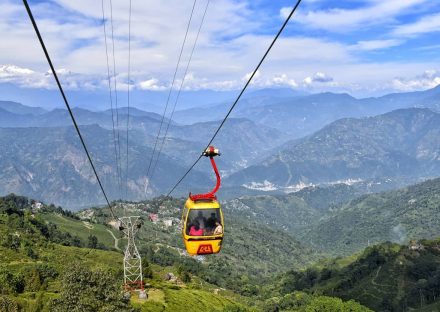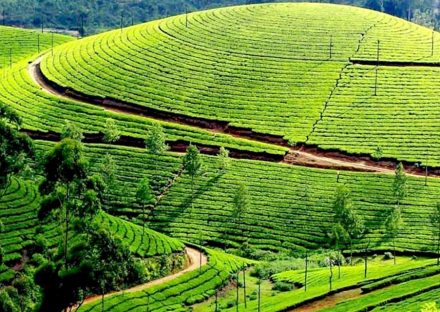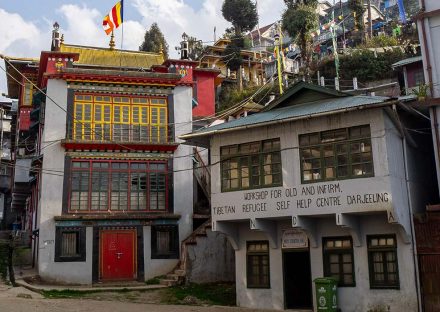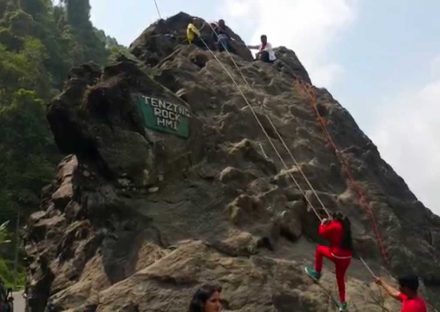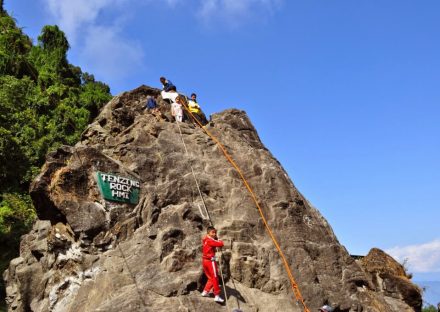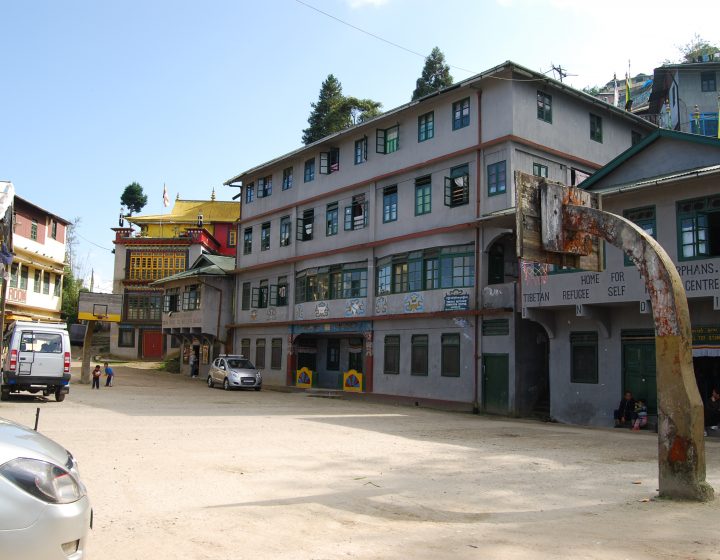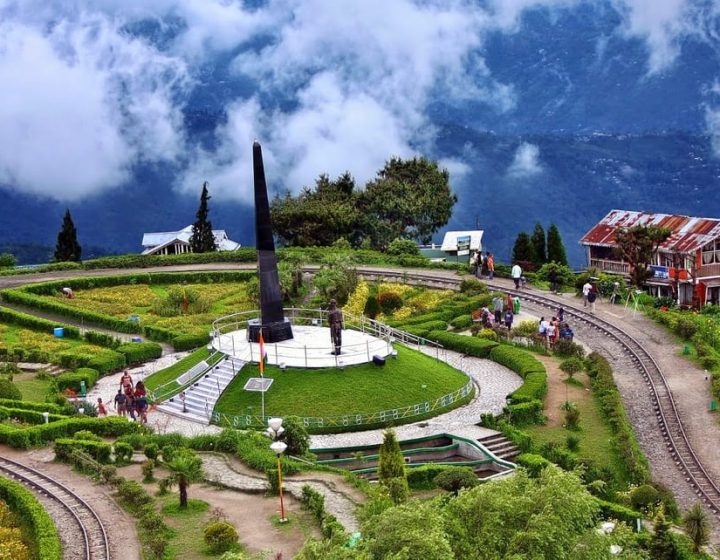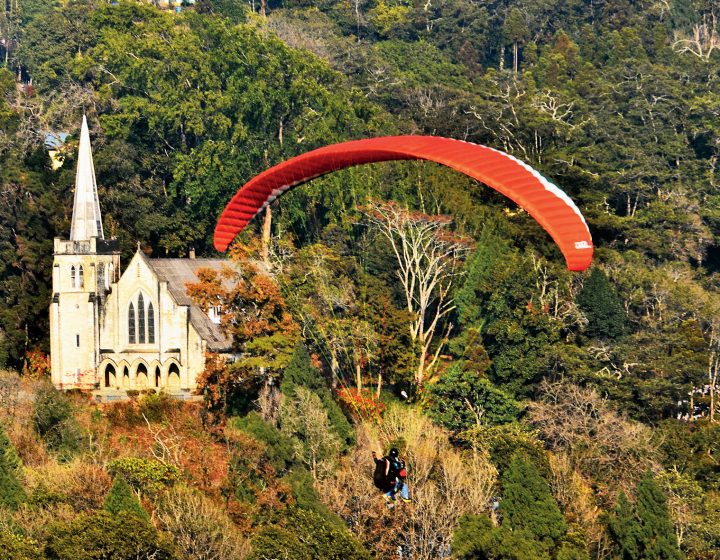Tour overview
JAPANESE TEMPLE, TIBETAN REFUGEE CENTRE, DARJEELING HIMALAYAN ZOO, TENZING & GOMPU ROCK, DARJEELING ROPEWAY
Japanese Temple, Traditional Japanese-style Buddhist temple & multi-level pagoda offering commanding mountain views. Also known as Nipponzan Myohoji Buddhist Temple, the shrine was built in 1972 and is located 10 minutes away from the Darjeeling town centre, on the hill of Jalapahar. Showcasing classic Japanese style of architecture, this resplendent white building offers visitors a serene and quiet sanctum where they can meditate and seek inner peace.
Tibetan Refugee Centre, A center and a factory established by the Tibetan refugees who fled Tibet and took refuge in Darjeeling. They not only live here, but also produce varieties of exquisite handicraft items to make their livings. The hand crafted items include jackets, carpets, gloves, aprons, bags, curios, cards, pouches, carved wooden items, Tibetan paintings etc. This is a great place to buy a gift or a souvenir for your friends and relatives. There is no entry fee.
Darjeeling HImalayan Zoo, A testament to the indigenous flora and fauna of the region, the Bengal Natural History Museum is a fascinating plethora of more than 4000 specimens being exhibited. Located in the heart of Darjeeling at the Padmaja Naidu Himalayan Zoological Park, this museum was originally started as a small building in the Botanical Garden meant to showcase the varieties of butterflies and birds of the hills. Today, one can find preserved remains of the bird species, reptiles, insects, fishes, and mammals displayed in a replication of their natural habitats. An attractive display of the various minerals of the region is present here as well.There are two sections at the museum, one at the ground level and the other in the basement. This comprehensive collection of animals includes rare specimens such as the Himalayan Brown Wood Owl, Northern spotted owlet, Northern Brown Fish Owl, pelicans, pheasants, Tibetan fox, Tibetan Lynx, Toddy cat, panthers, leopards, tigers, and the Estuarine crocodile, representative of the native wildlife of the Eastern Himalayas. There is also a large collection of birds’ nests and eggs.
Tenzing & Gompu Rock, Tenzing and Gombu rocks are situated on Lebong Cart Road and face opposite to each other. The huge Tenzing rock is named after Tenzing Norgay, who was famous for climbing the Mount Everest accompanied by Edmund Hillary in the year 1953. Gombu Rock has got its name after Nawang Gombu. He was Tenzing’s nephew and he had climbed the Everest twice and became the first person to do so. He climbed Everest first in the year 1963 and then in the year 1965.
These massive rocks provide an ideal place for providing training with regards to rock climbing to the students of Himalayan Mountaineering Institute, a training institute in Darjeeling. At the Tensing rock a rock climbing competition is organized every year by the Indian Army.
Darjeeling Ropeway, The Darjeeling Ropeway is a ropeway in the town of Darjeeling in the Indian state of West Bengal. The ropeway is a tourist destination in the town. It consists of sixteen cars and plies between the “North Point” in the town of Darjeeling and Singla on the banks of the Ramman river. The ropeway was started in 1968 by the forest development department and comprised only a single car which ran one way before it was later upgraded to 16 cars.
Included
- All Toll Taxes, Parking fees and Driver's Expenses.
- Transportation mentioned in the itinerary.
- Tour Manager.
Not Included
- Any Private Expenses.
- All other services not mentioned in the inclusions.
1. JAPANESE TEMPLE
Traditional Japanese-style Buddhist temple & multi-level pagoda offering commanding mountain views. Also known as Nipponzan Myohoji Buddhist Temple, the shrine was built in 1972 and is located 10 minutes away from the Darjeeling town centre, on the hill of Jalapahar. Showcasing classic Japanese style of architecture, this resplendent white building offers visitors a serene and quiet sanctum where they can meditate and seek inner peace.
2. TIBETAN REFUGEE CENTRE
A center and a factory established by the Tibetan refugees who fled Tibet and took refuge in Darjeeling. They not only live here, but also produce varieties of exquisite handicraft items to make their livings. The hand crafted items include jackets, carpets, gloves, aprons, bags, curios, cards, pouches, carved wooden items, Tibetan paintings etc. This is a great place to buy a gift or a souvenir for your friends and relatives. There is no entry fee.
3. DARJEELING HIMALAYAN ZOO
A testament to the indigenous flora and fauna of the region, the Bengal Natural History Museum is a fascinating plethora of more than 4000 specimens being exhibited. Located in the heart of Darjeeling at the Padmaja Naidu Himalayan Zoological Park, this museum was originally started as a small building in the Botanical Garden meant to showcase the varieties of butterflies and birds of the hills. Today, one can find preserved remains of the bird species, reptiles, insects, fishes, and mammals displayed in a replication of their natural habitats. An attractive display of the various minerals of the region is present here as well.There are two sections at the museum, one at the ground level and the other in the basement. This comprehensive collection of animals includes rare specimens such as the Himalayan Brown Wood Owl, Northern spotted owlet, Northern Brown Fish Owl, pelicans, pheasants, Tibetan fox, Tibetan Lynx, Toddy cat, panthers, leopards, tigers, and the Estuarine crocodile, representative of the native wildlife of the Eastern Himalayas. There is also a large collection of birds' nests and eggs. A specialised taxidermy unit is present at the Bengal Natural History Museum to oversee the curing, stuffing and preparation of the birds and animals to be displayed as exhibits.
The insects' exhibit has a wide assortment of butterflies, moths, dragonflies and beetles. The museum also has a small library where one might find many interesting books, including the 125 volume series titled 'The fauna of British India'.
4. TENZING & GOMPU ROCK
Tenzing and Gombu rocks are situated on Lebong Cart Road and face opposite to each other. The huge Tenzing rock is named after Tenzing Norgay, who was famous for climbing the Mount Everest accompanied by Edmund Hillary in the year 1953. Gombu Rock has got its name after Nawang Gombu. He was Tenzing’s nephew and he had climbed the Everest twice and became the first person to do so. He climbed Everest first in the year 1963 and then in the year 1965.
These massive rocks provide an ideal place for providing training with regards to rock climbing to the students of Himalayan Mountaineering Institute, a training institute in Darjeeling. At the Tensing rock a rock climbing competition is organized every year by the Indian Army. In the year 2010 a record was set when an army climber climbed the Tenzing rock in 35 seconds.
5. DARJEELING ROPEWAY
The Darjeeling Ropeway is a ropeway in the town of Darjeeling in the Indian state of West Bengal. The ropeway is a tourist destination in the town. It consists of sixteen cars and plies between the "North Point" in the town of Darjeeling and Singla on the banks of the Ramman river. The ropeway was started in 1968 by the forest development department and comprised only a single car which ran one way before it was later upgraded to 16 cars. From an elevation of 2,134 m (7,001 ft) in Darjeeling’s North Point (Singamari), this bicable ropeway descends to 244 m (801 ft) at Singla on the banks of the Ramman river, which with Little Rangeet, meets the Great Rangeet. Stopping at Tukver, Burnesbeg and Singla Tea Garden, it takes 45 minutes to reach Singla Bazar, 8 km away. The ropeway passes over dense forests, mountain ridges, water falls, flowing rivers, green valleys and tea gardens.

